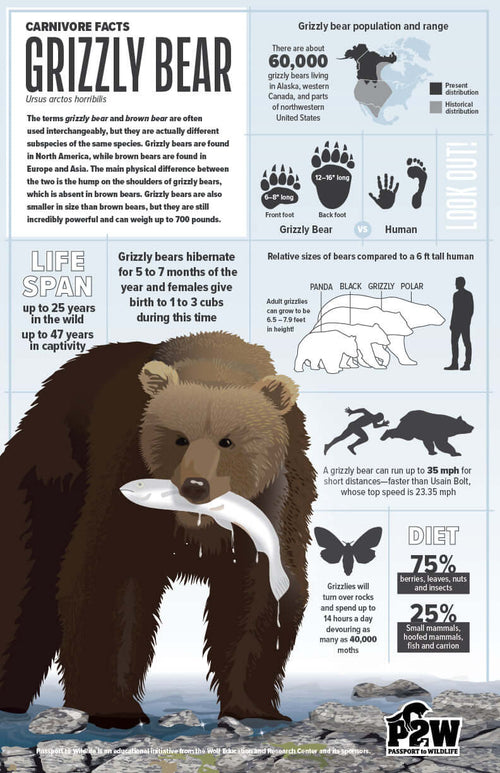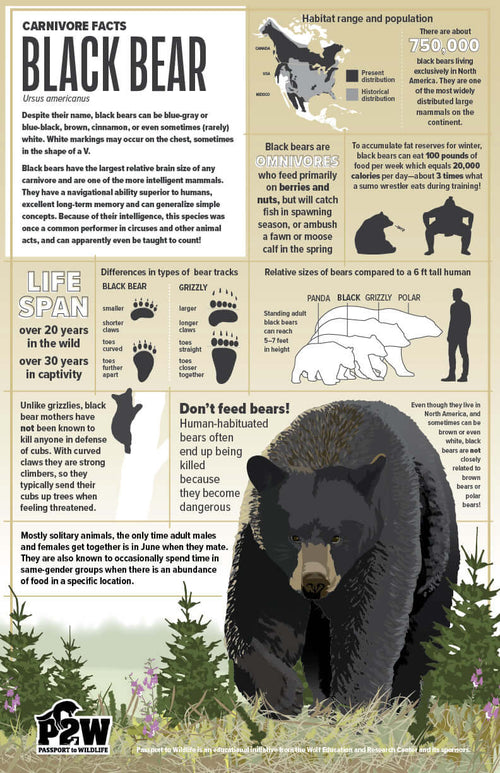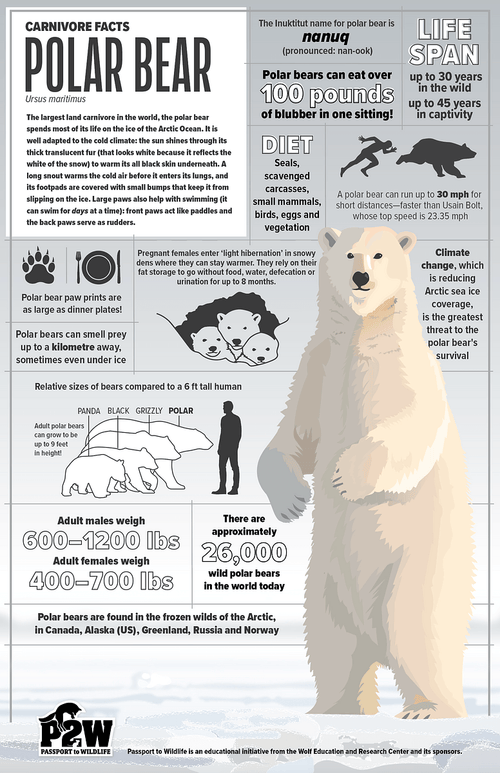No Products in the Cart
The Black Bear’s Perfect Thanksgiving Meal: Nature’s Real Feast

Every November, American families gather around tables laden with turkey, stuffing, pumpkin pie, and all the trimmings. But while we obsess over recipes and relatives, another North American resident is preparing its own version of a Thanksgiving meal — one far older, wilder, and more essential.
The American Black Bear doesn’t celebrate the holiday, of course. But if a bear did prepare a Thanksgiving feast, it would look very different from the stereotype we imagine.
No turkey legs.
No roasted venison.
No carnivore banquet.
In fact, that’s the first myth we need to clear up.
MYTH: BLACK BEARS ARE BLOODTHIRSTY CARNIVORES.
REALITY: Black bears eat mostly plants — and fall is their “vegetarian Thanksgiving.”
Your Blogs & KWs resource reminds us that many misconceptions come from cultural stories, not science (as seen in your bat myth-busting examples) (). The same is true for bears.
Despite their impressive teeth and size, black bears are not top-tier predators. They are omnivores with a diet that can be:
- 80–90% plant-based in many regions
- Rich in berries, nuts, roots, grasses, and insects
- Opportunistic toward meat — but only occasionally
A black bear’s fall diet looks much more like a beautifully curated harvest table than a carnivore’s buffet. And fall is the season when this becomes crystal clear.
Much like the SLQ describes bears consuming tens of thousands of calories in berry season to survive winter (), autumn is the bear’s culinary Super Bowl.
So let’s build it — the perfect Black Bear Thanksgiving meal.
COURSE 1: BERRY PIE (AND LOTS OF IT)
If a black bear hosted Thanksgiving, the first dish would be a mountain-sized berry pie.
Even in late fall, pockets of berries linger at higher elevations. These include:
- Huckleberries
- Cranberries
- Elderberries
- Chokecherries
- Rose hips
These fruits pack quick sugars that bears convert to fat — their survival fuel. A single bear can eat 10,000 berries in a day without blinking.
Think of it as the bear equivalent of starting Thanksgiving with dessert. But for them, dessert is dinner.
COURSE 2: THE HARD-MAST HARVEST: ACORN STUFFING
If berries are pie, then hard mast is the stuffing — the essential backbone of a fall bear feast.
Bears roam widely to find:
- Acorns (an absolute favorite)
- Beechnuts
- Hazelnuts
- Pine nuts
This is their protein-rich, fat-packed Thanksgiving dressing.
And just like your family’s stuffing recipe changes by region, so does a bear’s: what they eat depends on which forests they call home.
Without these nuts, winter survival becomes uncertain — a point reflected in the SLQ’s discussion of how seasonal food availability shapes bear behavior ().
COURSE 3: SALMON (THE OPTIONAL HOLIDAY SIDE DISH)
Not every family makes cranberry sauce. Not every bear has salmon.
But for bears along the Pacific coast, salmon is the holiday luxury dish — a rich but rare course that fattens them up faster than any berry patch.
Salmon provides:
- Protein
- Fatty acids
- Huge calorie boosts right before denning
But it’s seasonal and region-specific — much like a specialty dish only some homes serve.
COURSE 4: INSECT TAPAS (A SURPRISING CROWD FAVORITE)
Here’s the part of the menu that makes kids laugh in the classroom:
Bears LOVE insects.
Fall logs are full of:
- Beetle larvae
- Ant colonies
- Termites
- Grubs
They’re crunchy, protein-heavy, and easy to digest.
It’s basically the bear version of “party snacks” — but incredibly important ones.
COURSE 5: ORCHARD SIDES — THE DANGEROUS TEMPTATION
Just like humans sometimes over-season Thanksgiving dishes, bears sometimes overstep in search of calories.
Fallen apples, unharvested fruit, compost, birdseed, and unsecured trash are irresistible during hyperphagia.
The SLQ warns that when bears discover human food sources, conflict quickly follows ().
So if humans want their Thanksgiving to stay peaceful, wildlife-friendly choices matter:
- Pick fruit promptly
- Store garbage securely
- Bring in bird feeders
- Keep coolers and pet food indoors
A bear’s Thanksgiving should come from the forest — not backyards.
THE FINAL COURSE: DEN PREPARATION (THE “TO-GO BOX”)
After stuffing themselves for weeks, bears start gathering the final ingredient for winter: a safe place to sleep.
This “side dish” is as important as the meal itself.
Bears look for:
- Hollow trees
- Rock crevices
- Earth dens on hillsides
- Root structures
- Large fallen logs
Inside, they’ll curl up and sleep through the cold months, burning all the calories they stored during their Thanksgiving feast.
It’s the ultimate “leftover meal.”
CLASSROOM CONNECTION: “BUILD A BEAR’S THANKSGIVING PLATE”
(Designed in the same quick, hands-on style as the bat activities in your Blogs & KWs PDF.)
Time: 10 minutes
Subjects: Ecology • Food Webs • Science
Have students create a black bear’s Thanksgiving plate using cut-out images or drawn foods. They must include:
- 3 berries
- 2 nuts
- 1 insect
- 1 optional salmon
- 1 hazard (human food source)
Then ask:
- Which foods give the most calories?
- Which foods are the safest?
- Which human foods could accidentally attract a bear?
- How could we help keep bears wild during Thanksgiving season?
It’s a simple, visual way to correct the myth of “bear as meat-eater” and show what they really rely on.
THE REAL BLACK BEAR THANKSGIVING
In the end, the perfect Thanksgiving meal for a black bear is: Berries, nuts, roots, insects, and a little salmon when luck allows.
It’s colorful. It’s plant-heavy. It’s seasonal. And above all — it’s essential.
Just like the SLQ emphasizes, each bite shapes their ability to survive winter (). And just like your Blogs & KWs document reminds us, myth-busting is key to wildlife understanding: bears aren’t the carnivorous monsters we imagine ().
Maybe that’s the real Thanksgiving lesson here:
The wild world is more complex — and more beautiful — than our stories often allow.
And black bears? They’re living proof.




